The Murray Mouth: Where river meets ocean
The Murray Mouth marks the significant point where the River Murray meets the Southern Ocean in South Australia. Located about 10 kilometres southeast of Goolwa, this dynamic waterway serves as a crucial connection between Australia’s largest river system and the sea.
The Murray Mouth forms part of a complex ecosystem that includes the Coorong and Lower Lakes, creating one of Australia’s most important wetland areas.
A changing landscape
The Murray Mouth’s location shifts naturally along the coastal dunes over time. This movement occurs through the interaction of river flows and ocean forces, creating a constantly evolving channel system. The mouth divides two distinctive peninsulas – Sir Richard Peninsula to the west and Younghusband Peninsula to the east, forming a unique coastal formation.
Environmental significance
The area surrounding the Murray Mouth holds remarkable environmental significance. As part of the Coorong National Park, the region supports diverse wildlife and serves as a critical habitat for numerous species. The wetlands provide essential breeding grounds for Australian waterbirds and act as a vital stopover for migratory birds travelling from as far as Siberia and Alaska.
Modern day management
Environmental challenges at the Murray Mouth have led to ongoing management efforts. Since 2002, dredging operations have become necessary to maintain water flow between the river and ocean. This intervention costs between $3 million to $6 million annually but remains essential for maintaining the ecological health of the system.
The Ngarrindjeri people, the traditional Aboriginal custodians, consider the Murray Mouth a place of profound cultural significance. Their deep connection to this area, where fresh and salt waters meet, continues to influence modern conservation efforts.
The Murray Mouth at Goolwa stands as a vital ecological asset requiring careful management and protection. Its role in supporting biodiversity, maintaining water quality, and preserving cultural heritage makes it an essential part of South Australia’s natural landscape. Through continued environmental monitoring and management strategies, this significant waterway continues to fulfill its crucial role in the health of the River Murray system.

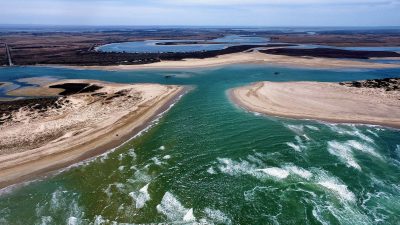

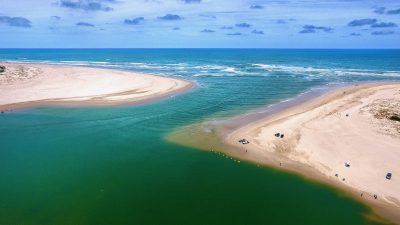
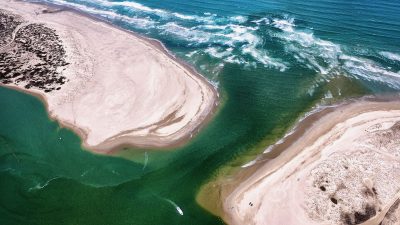



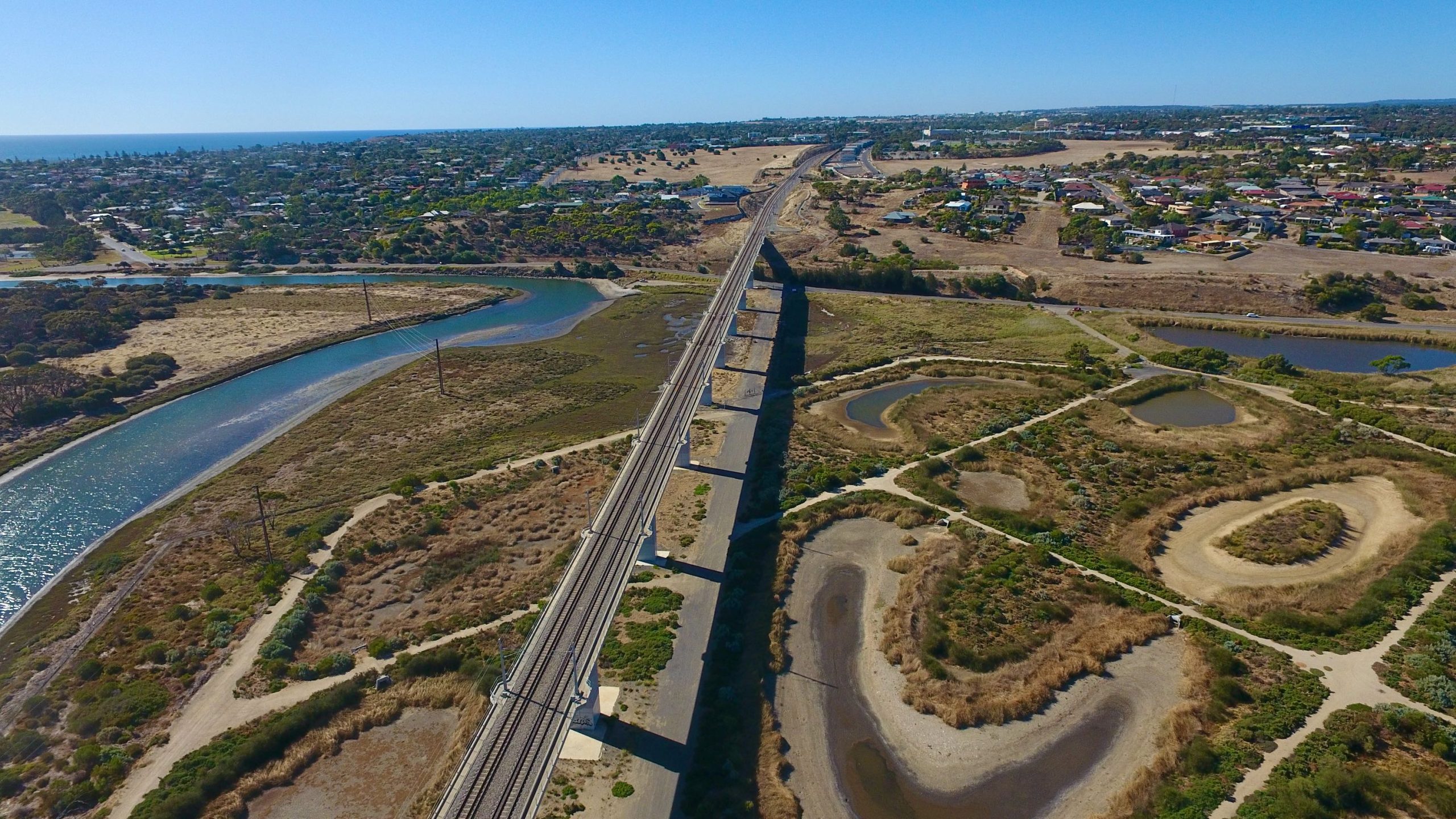
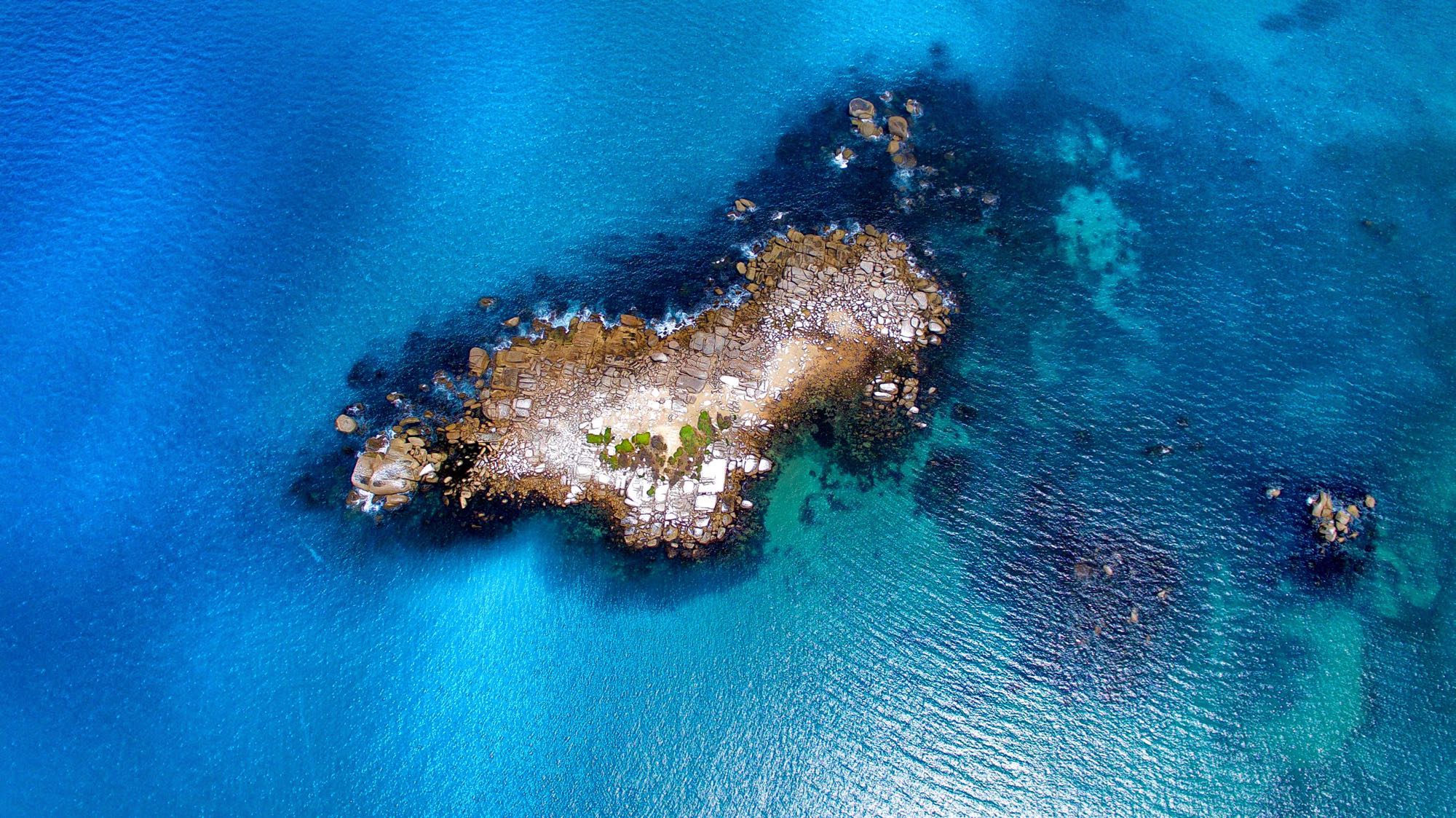
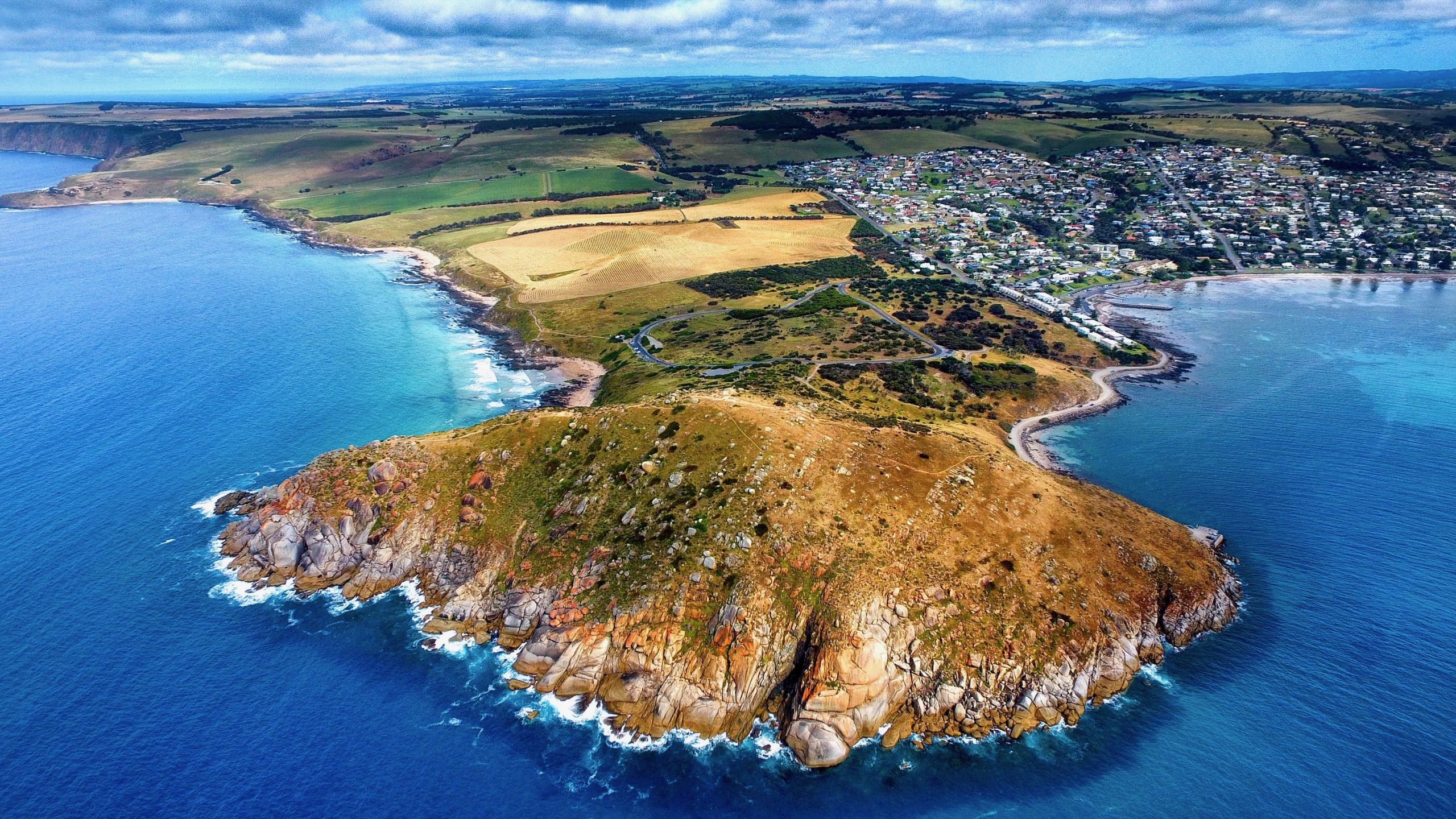
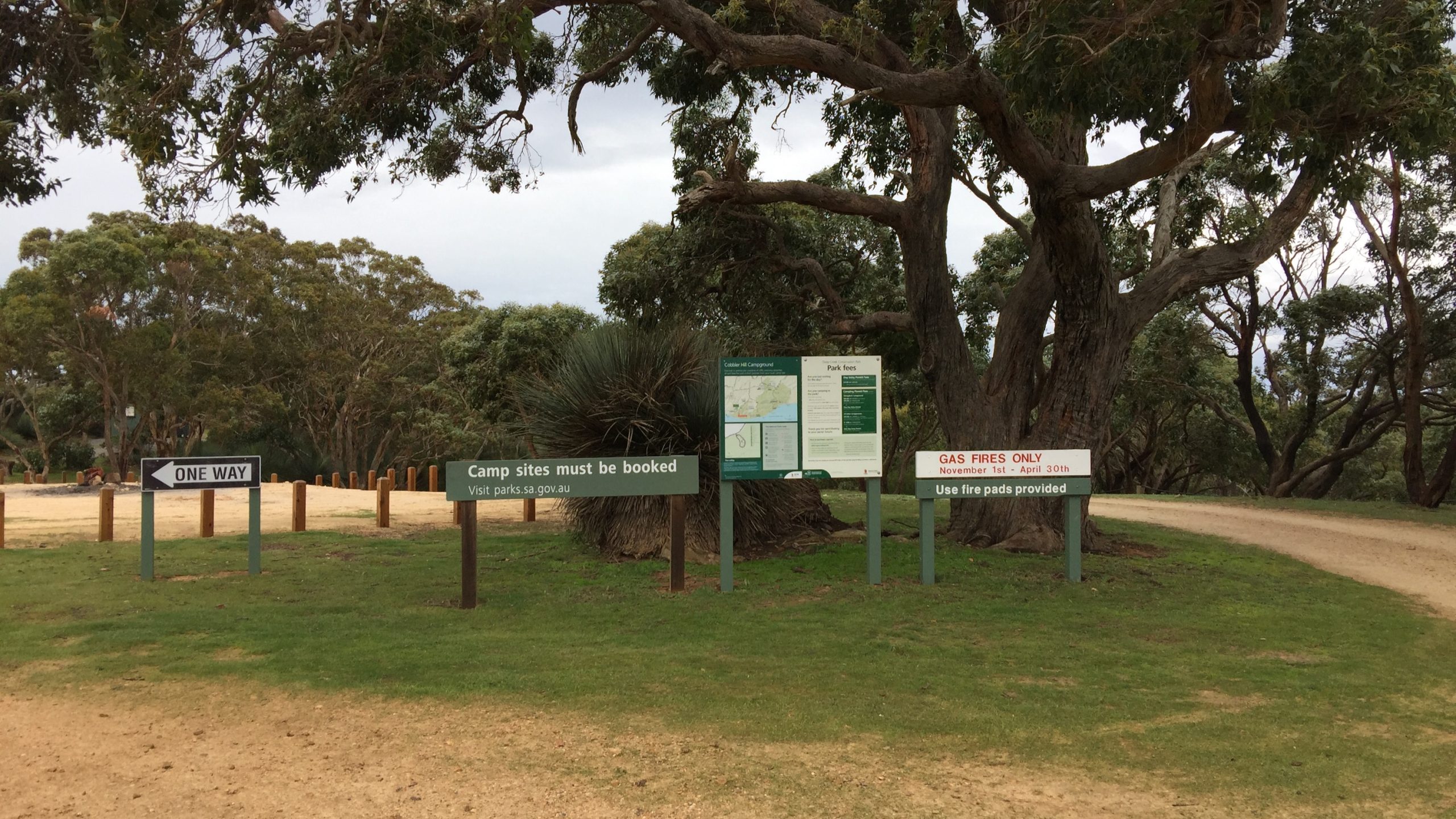
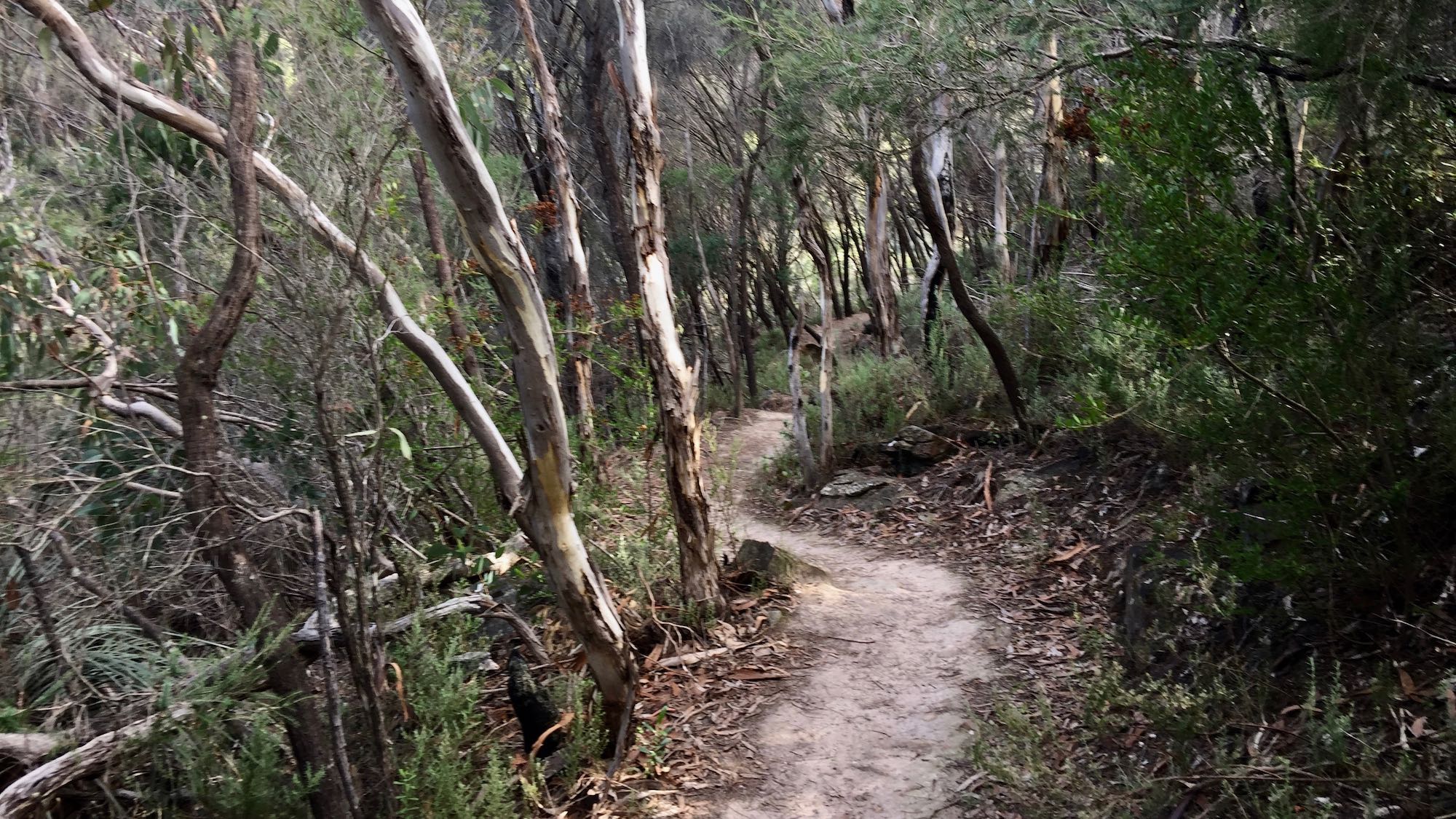
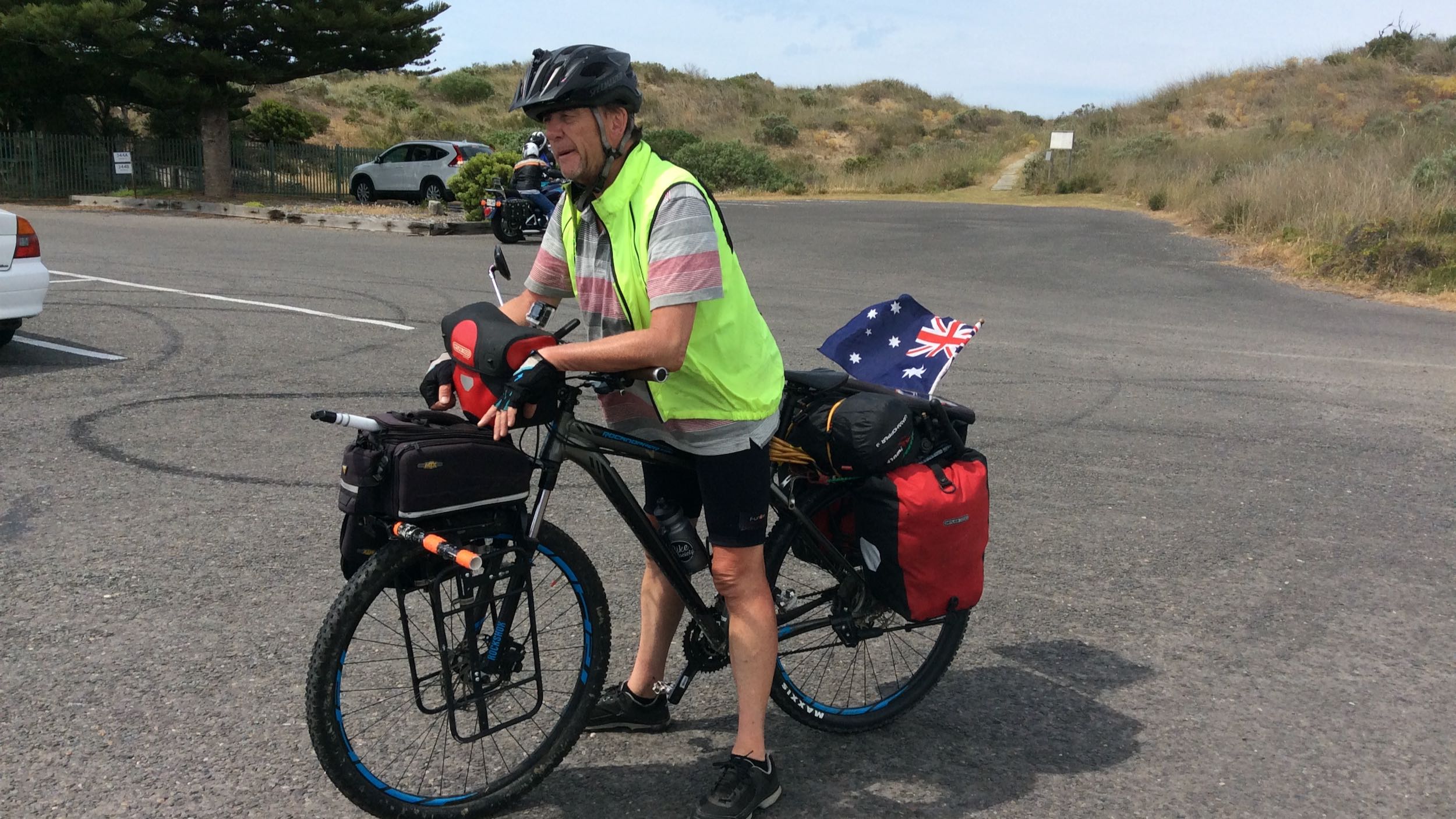
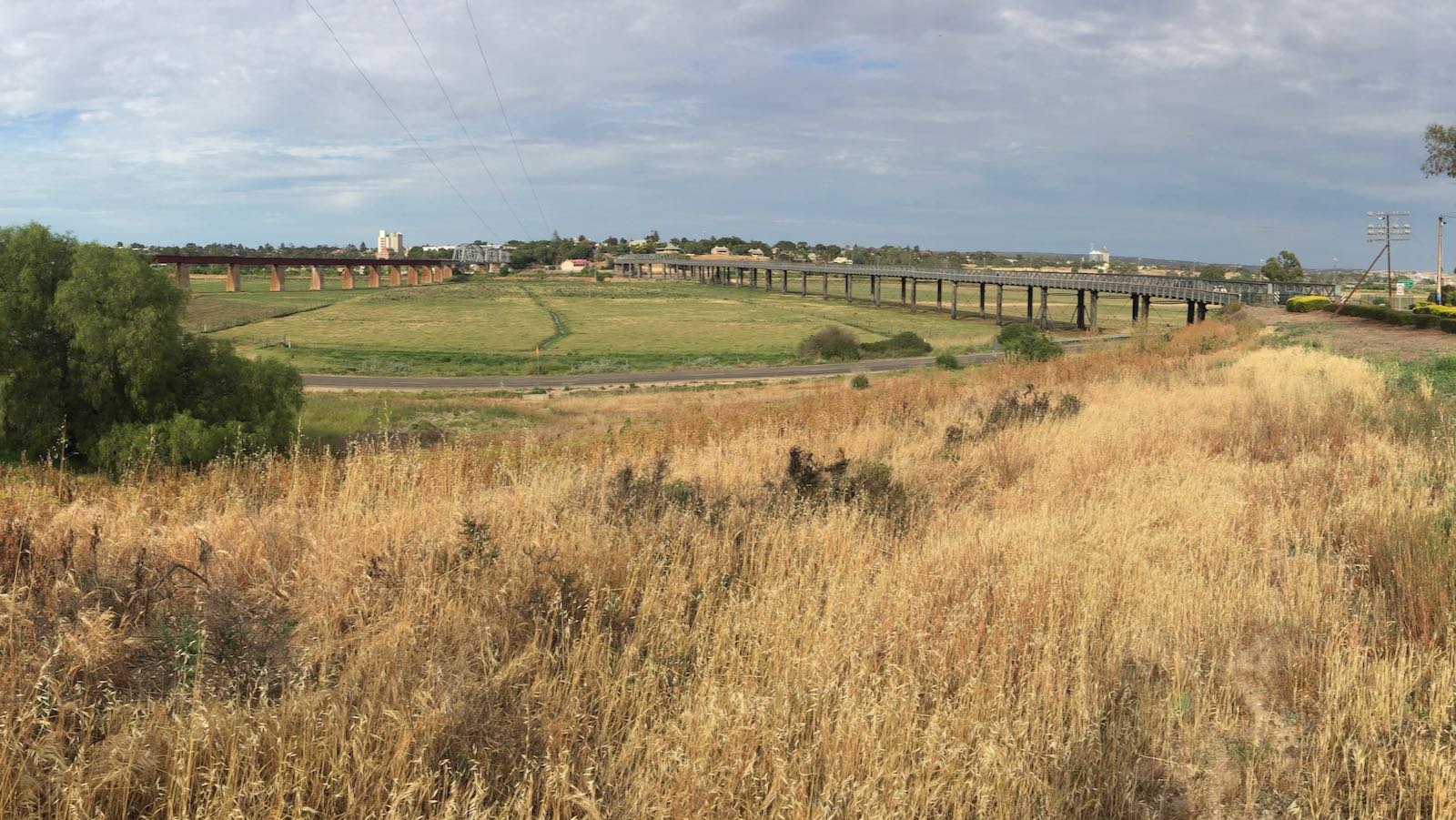
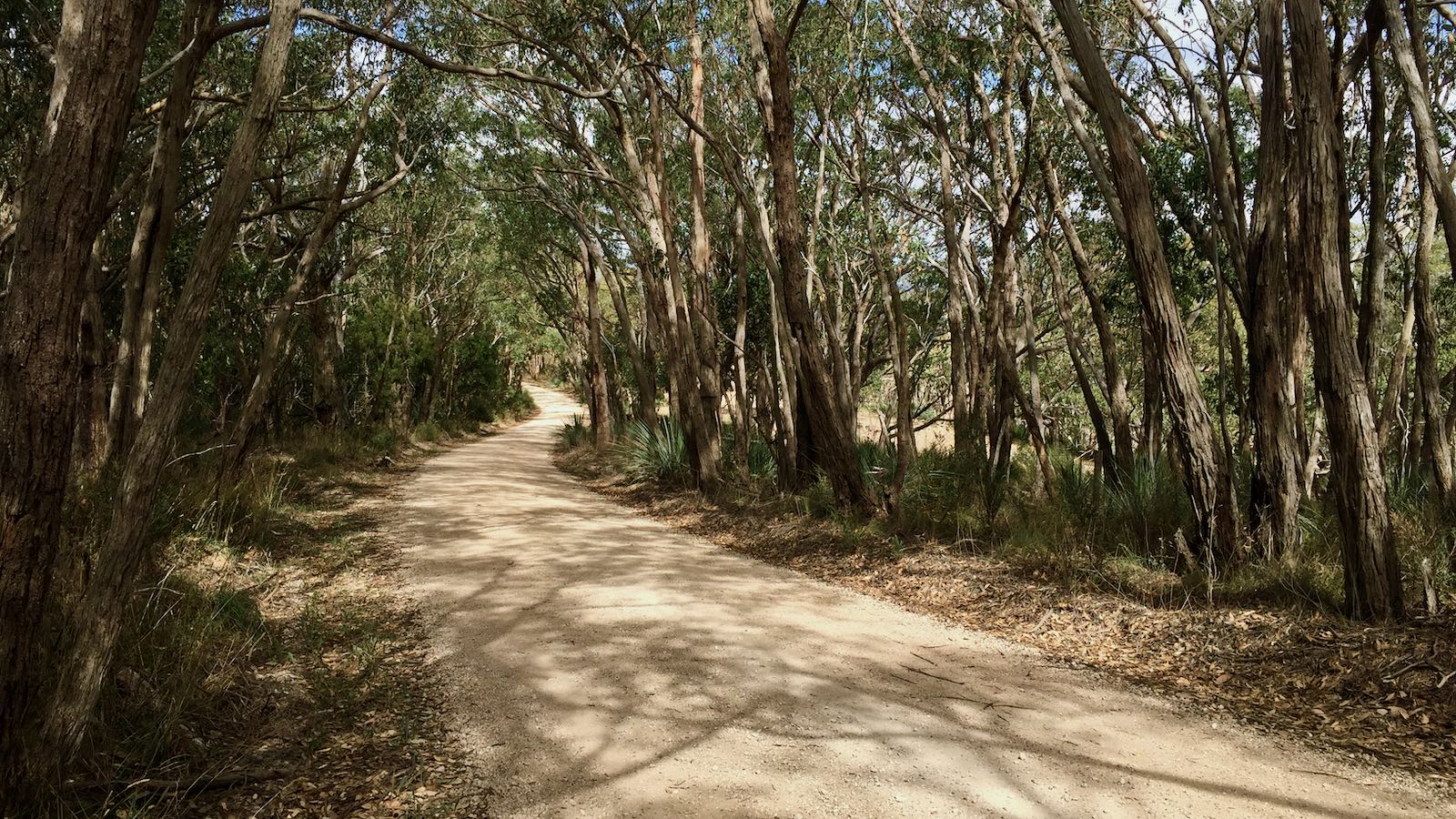
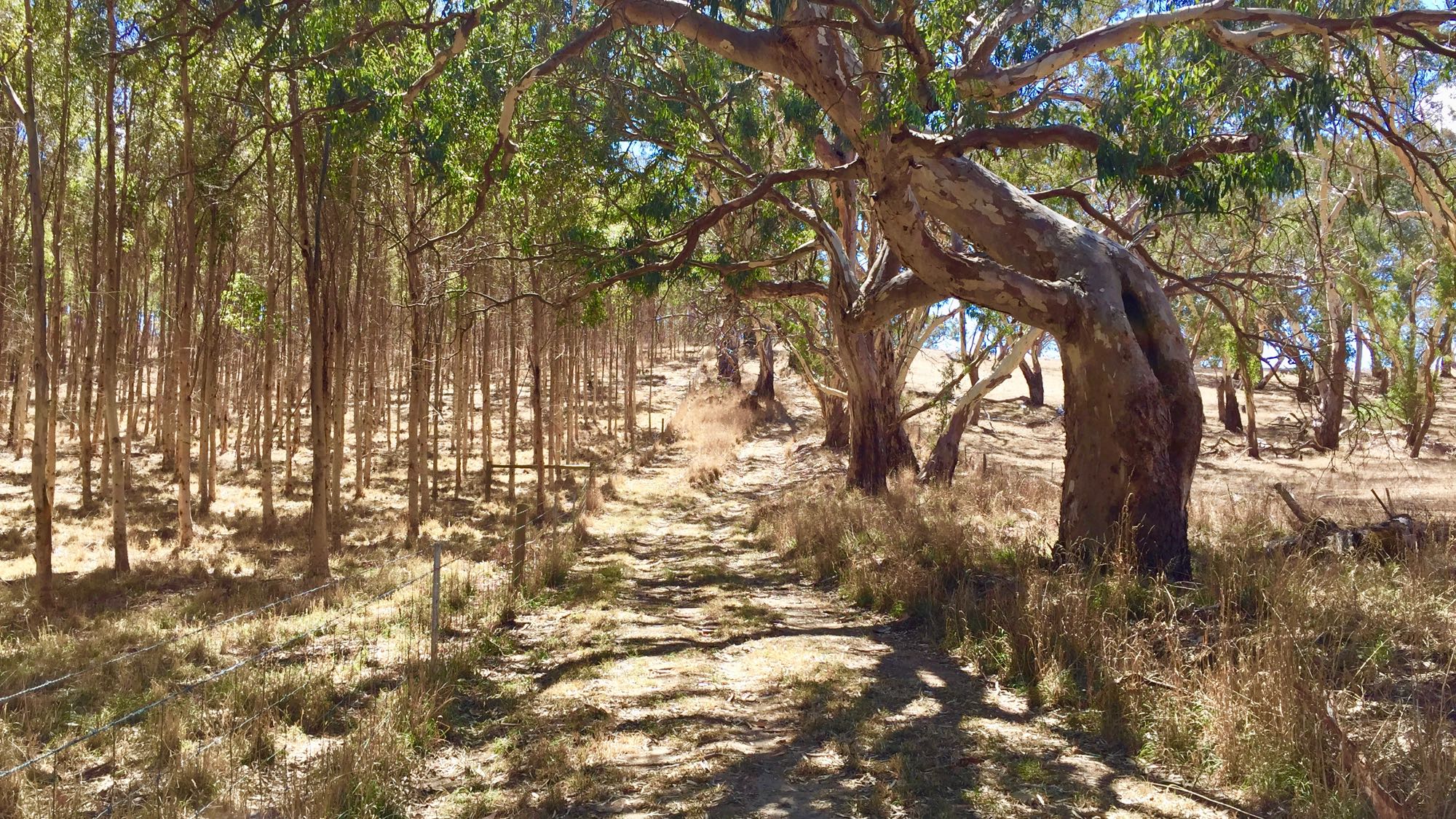
Leave A Comment